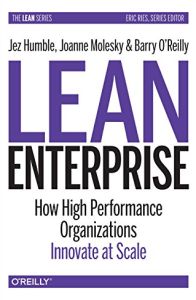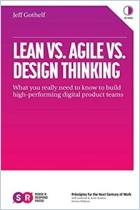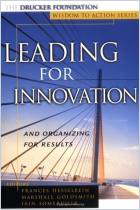Únase a getAbstract para acceder al resumen.

Únase a getAbstract para acceder al resumen.
Jez Humble, Joanne Molesky and Barry O'Reilly
Lean Enterprise
How High Performance Organizations Innovate at Scale
O'Reilly, 2015
¿De qué se trata?
Getting lean is a long, challenging road.
Recommendation
Businesses everywhere have attempted to mimic the innovative cultures of Apple, Amazon and Toyota, but most fail. This study by innovation experts Jez Humble, Joanne Molesky and Barry O’Reilly aims to demystify how the best organizations got to the top and stayed there. The authors explain a variety of Running Lean strategies that commercial giants deploy successfully. To their credit, they don’t promise that innovation is easy, nor do they pretend that a one-size-fits-all solution will fix a company’s problems. Instead, they break down experienced companies’ victories and defeats and detail actionable steps you can apply to your organization.
Summary
About the Authors
Jez Humble, the co-author of Continuous Delivery: Reliable Software Releases Through Build, Test, and Deployment Automation, is a site reliability engineer at Google. Joanne Molesky retired in 2019. Barry O’Reilly, who hosts the podcast Unlearn, also wrote Unlearn: Let Go of Past Success to Achieve Extraordinary Results.





















Comment on this summary